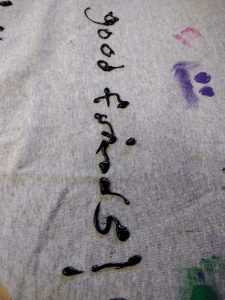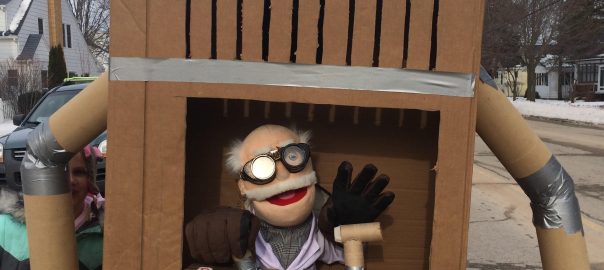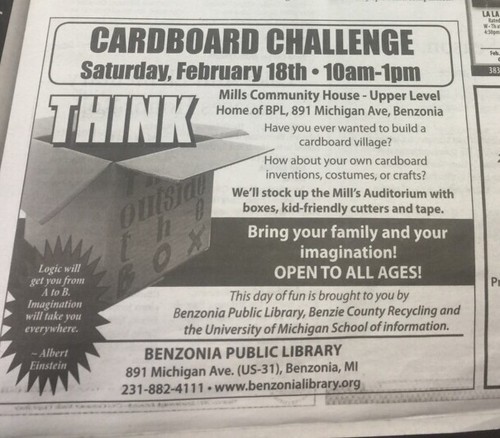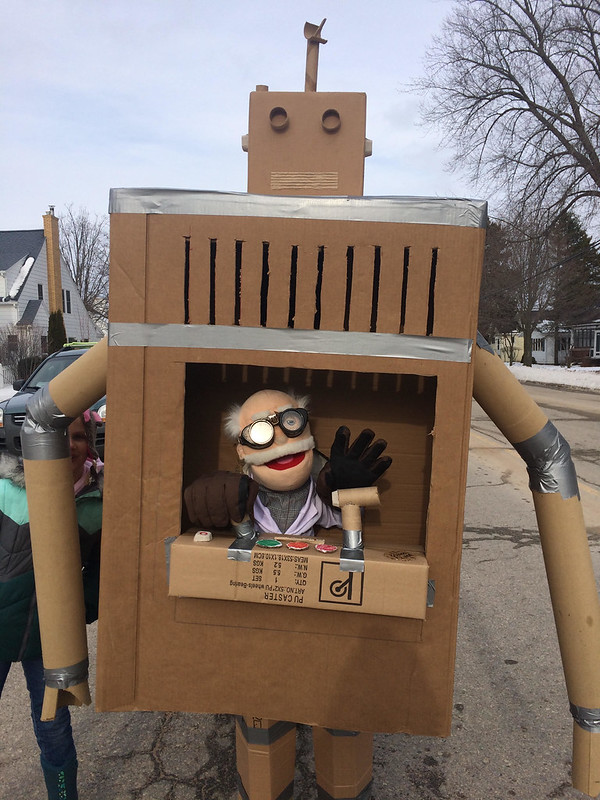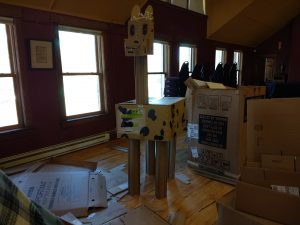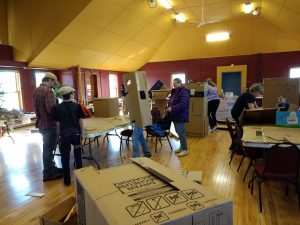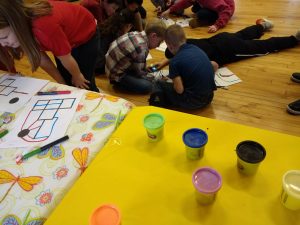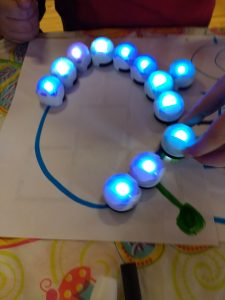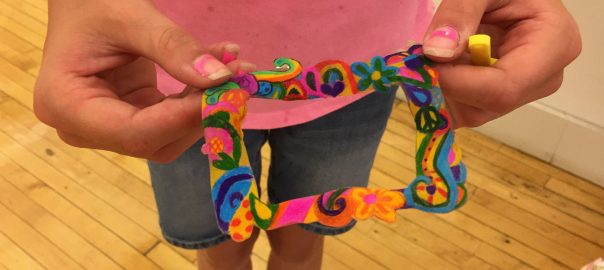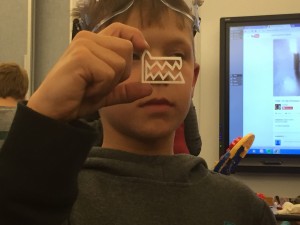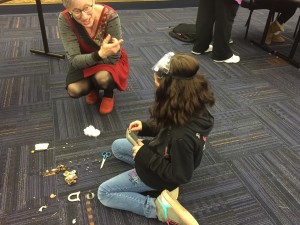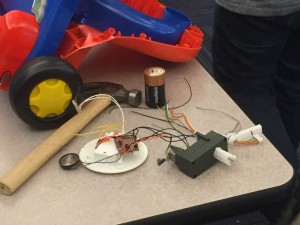This summer has made me fall in love with Design Thinking all over again. Taking a fifteen minute introduction to Design Thinking and making it an entire three hour piece in the workshop helped me gain a much deeper understanding of the process. Over the course of the internship, I tried different things. Some worked well and some didn’t. Here are the most important lessons I have learned:
Problem definition is hard, really hard
In the time-frame of the session, which is typically two to three hours, we start with a problem and end with a prototype. The sessions went without a hitch when we threw a very specific and simple challenge at the participants, like “Design a better chair”. Encouraged by the enthusiasm of a particular set of participants (thank you West Iron and Benzonia), I tried something different. I asked them to come up with a challenge; it could be anything that annoyed them in real life. And the first thing I received was a room full of blank stares. This is in no way the participants’ fault. Most people would draw a blank at something this open-ended.
I realized, as a designer, I had trained myself to observe and keep a mental note of design flaws in everyday objects; or, perhaps, I became a designer because I was already doing it. Either way, it took me a while to understand that not everyone is like me; that we humans have a tendency to get used to problems or come up with workarounds so that it no longer bothers us. And this was my first lesson. No matter how well we train people to solve problems, they cannot put that training to use until they have learned to see the problems that surround them. Acknowledging the existence of a problem and the urge to improve something must come before any problem solving technique. And this realization surprised me even more because it is not referenced in the design thinking literature. I realized that learning to observe is a necessary prerequisite for being able to conceptualize an improvement.
Seeing is believing
We had a lot of fun during our product pitches at the end of a Design Thinking workshop. Some hilarious, some thought provoking, some absolutely mind-blowing and all of them radically new and different in some way or the other. Most participants were surprised at the amount of creativity that comes out of them. If I were to simply tell them that they are all creative and that design thinking would work, I would not have had as much success in getting them to try it in real life. However, I believe there is more work to be done. Most participants, I feel, see design thinking as a fun activity that they can implement as a program in a library or incorporate it in the school curriculum. It has been hard for me to get them to apply the process in their own lives, as a technique to solve their own problems or as a change in mindset. Upon reflection, I find that Design Thinking had the most profound effect on me when I saw that I was changing someone’s life. A short workshop only skims the surface of design thinking. A true mindset change can happen only when we can empathize with the design’s intended beneficiary and see the difference we have made in their lives.
Gamifying the process: missing pieces
Our team came up with a fun, simple, and engaging activity to introduce participants to design challenges and certain aspects of design thinking: a game that … . We made several iterations over the summer, introducing the game in different ways and with different rules. We loved how the room buzzed with exciting ideas when we did the activity in groups. Words and pictures elicited different interpretations. And to be honest, the most fun bit was the wildcard design constraint that they were given halfway through the challenge. It spiced things up, even if it sometimes annoyed the participants. But there had never been a team that did not rise up to the challenge. This proved to be a great warm up challenge, getting the creative juices flowing in a quick period of time. But we do realize that the game heavily focused on the brainstorming and the prototyping steps of Design Thinking. These steps are fun in real life, too, so they are easy to replicate in a game. But what about the more serious steps, like user research and making design choices? We see that the real challenge is incorporating the other stages of Design Thinking without making the game too long or boring. A solution to this would be a real game changer because it would help educators and librarians develop student/patron mental muscles over time in a safe and joyful setting.
In conclusion, I have had the most rewarding summer. Personally, I managed to step out of my corporate comfort zone and meet some amazing and very real people. Now, I have a design thinking problem of my own: make design thinking second nature to everyone.

